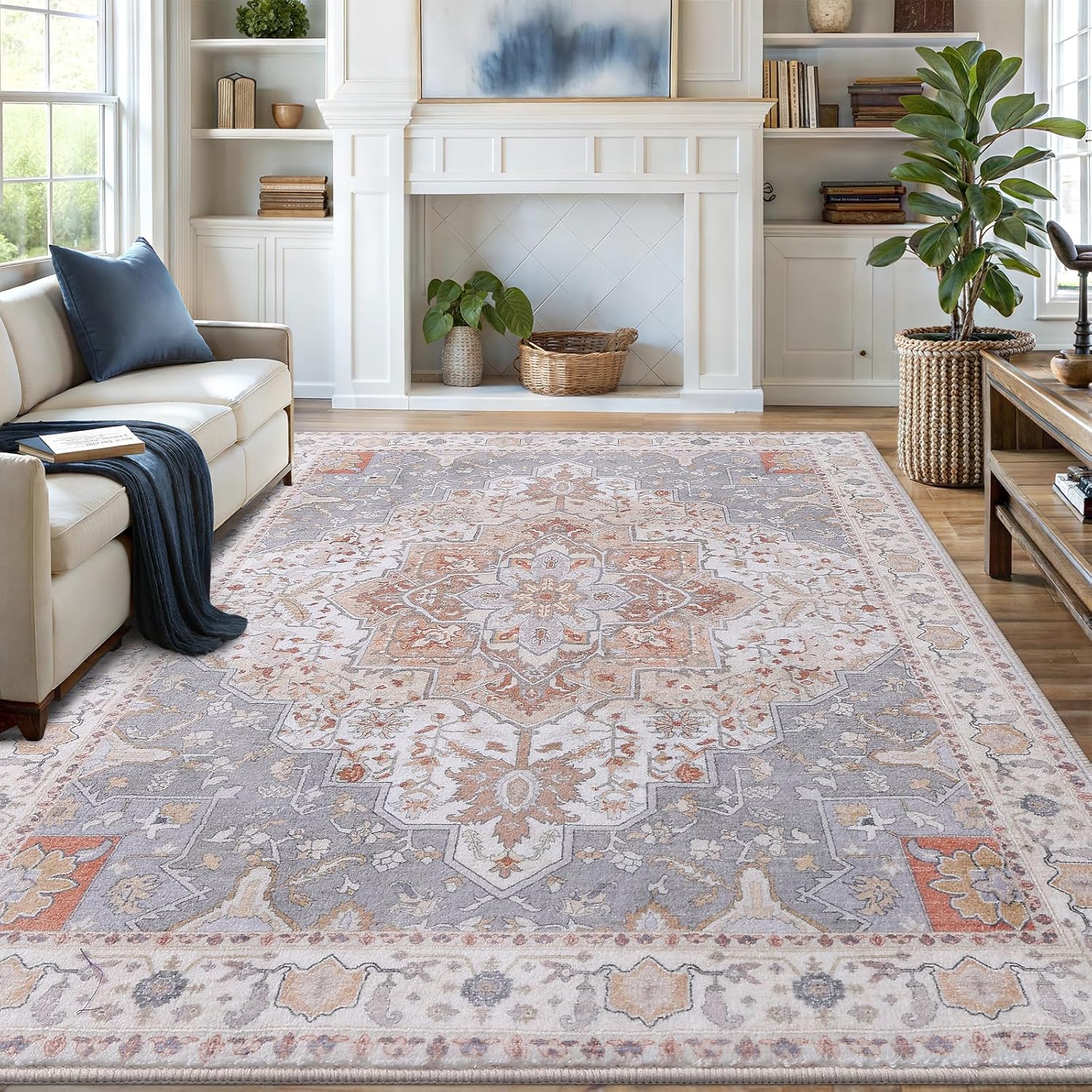To maintain cleanliness, mop floors at least once a week, or more frequently in high-traffic areas or if you have pets or children.
Mopping frequency impacts both your home’s appearance and health. The right schedule depends on flooring type, household activity, and cleaning methods. This guide reveals optimal mopping frequencies with pro tips for spotless results.

Recommended Mopping Frequency by Floor Type
Different flooring materials require unique care. Here’s how often to mop common surfaces:
| Floor Type | Basic Schedule | High-Traffic Areas |
|---|---|---|
| Tile | Weekly | 2-3x/week |
| Hardwood | Bi-weekly | Weekly |
| Laminate | Every 2 weeks | Weekly |
| Vinyl | Weekly | 2x/week |
| Polished Concrete | Monthly | Bi-weekly |
Why Tile Needs More Frequent Mopping
Grout lines trap dirt and bacteria, making tile floors show grime faster. For deep cleaning methods, see our guide on cleaning tile floors with grout.

Household Factors That Change Mopping Needs
High-Traffic Zones
Kitchens, entryways, and bathrooms collect more dirt. These areas often need twice the mopping frequency of other rooms.
Pets and Children
Homes with pets or young kids may require daily spot mopping plus weekly deep cleans. Paw prints, spills, and play areas create constant messes.
Allergy Considerations
Families with allergies benefit from more frequent mopping to remove dust and dander. Use microfiber mops that trap particles instead of spreading them.
Signs Your Floors Need Mopping
- Visible footprints or stains
- Sticky spots underfoot
- Dust bunnies in corners
- Pet hair accumulation
- Noticeable odors
Pro Mopping Techniques
Two-Step Cleaning Method
1. Dry mop or vacuum first to remove loose debris
2. Damp mop with appropriate cleaner
Proper Mop Care
Sanitize mop heads after each use. Replace string mop heads every 2 months or when frayed. Microfiber pads last 50-100 washes.
Zone Cleaning
Designate separate mops for bathrooms and kitchens to prevent cross-contamination. Color-code handles for easy identification.
Extending Time Between Mopping
Daily Maintenance Tips
- Place quality doormats at all entries
- Implement a no-shoes policy
- Spot clean spills immediately
- Use dry mops for quick cleanups
Seasonal Considerations
Increase mopping during rainy seasons and pollen-heavy spring months. Winter brings salt and snow melt that requires more frequent cleaning.
Special Flooring Considerations
Engineered Wood
Use barely damp mops to prevent swelling. Check our engineered wood floor guide for detailed care instructions.
Epoxy Floors
These durable surfaces can go longer between mopping but need specific cleaners to maintain shine.
Eco-Friendly Mopping Solutions
For natural cleaning, mix 1/4 cup white vinegar with 1 gallon warm water. Add 5 drops essential oil for fragrance. Avoid vinegar on stone or waxed floors.
According to Real Simple, proper mopping removes up to 90% of surface bacteria when done correctly.

Vanmoos 6×9 Machine-Washable Area Rug — Artistic Flair / Beige
Low-pile, non-slip rug that minimizes pet hair collection and makes quick cleanup part of your routine.
Affiliate link — may earn a commission at no extra cost to you.
When to Call Professionals
Consider professional deep cleaning annually for heavily used areas or before special events. This extends floor life and removes embedded dirt regular mopping misses.
